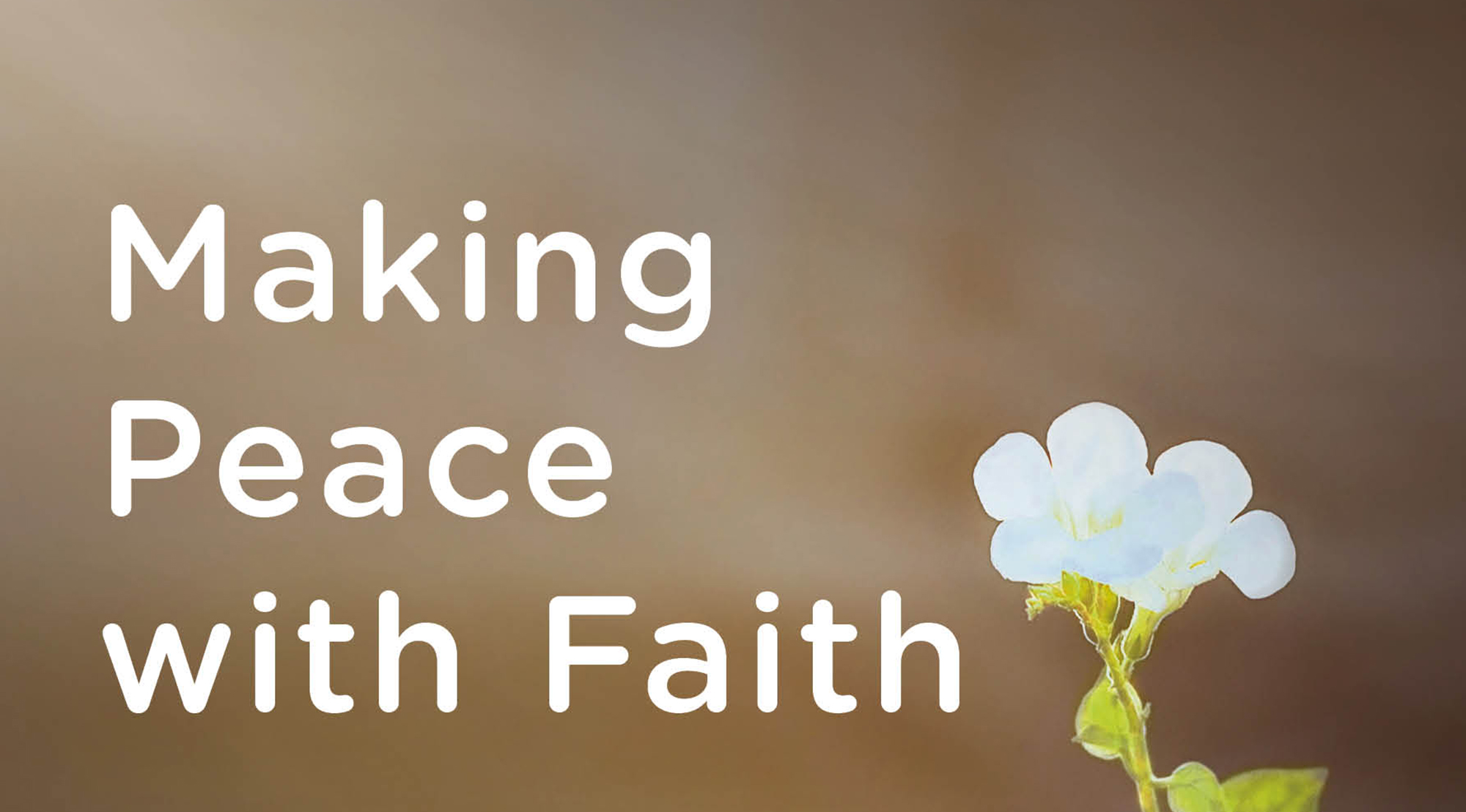Manual – Religion in Conflict Analysis and Peacebuilding: Analysis Guide
Practitioners in Mindanao – Transformed Together: A Journey with Local Capacities for Peace
Book – Making Peace with Faith: The Challenges of Religion and Peacebuilding
Book – The Ambivalence of the Sacred: Religion, Violence and Reconciliation
Context analyses and peacebuilding evaluations provide me with opportunities to observe the interplay of religion and conflict around the world. I also experience those dynamics as a faith-motivated practitioner based in the troubled United States. Religion is almost never a primary driver of conflict, but often an important secondary factor as a source of identity, a shaper of mindsets or an influential institution. The issue of religion as an identity marker is worth exploring, because it often confuses peace practitioners.
Identity markers matter when groups in tension – for nonreligious reasons – have obviously different religious affiliations. For example, in Mindanao, Philippines, the land-driven conflict between residents and settlers was interpreted – and eventually experienced – as a conflict between Muslims and Christians. Sometimes religious affiliation reflects deeply-held beliefs, and other times it is nominal. In either case, such affiliations appear divisive when used to define boundaries that separate ‘us’ from ‘them.’ Conflict analysts see the problem clearly. However, they do not always see the responses of the local people involved.
Peace-minded religious people creatively resist the identity marker problem in at least four different ways.
First, there is intentional symbolic mixing. The Interreligious Council in Bosnia & Herzegovina has made a high-profile commitment to modeling cooperation between Orthodox Christian (ethnically Serb), Catholic Christian (Croat), Muslim (Bosniak) and Jewish leaders. When used alone, this approach does not necessarily undo the divisive aspects of religion as an identity marker – but it does provide a compelling symbolic counterpoint. In Bosnia and elsewhere, this is often done in combination with other approaches.
Second, people are seeking to redefine religious labels. In the ethnically polarized US, there is growing resistance among evangelical Christians against the perceptions that their tradition is predominantly white (untrue), and that white evangelicals occupy a political right wing tinged with racism (partially true). For the significant minority of white evangelicals who hold progressive views, this is an unacceptable misuse of their faith. Many seek to reform and reframe how the word ‘evangelical’ is understood – to re-work theology and practice – so that people inside and outside the church understand it as compatible with social justice.
On the other hand, some feel that ‘evangelical’ has become toxic beyond repair, so they are decisively abandoning the term. Hence the third observation: people leaving religious labels behind. This approach manifests differently in certain parts of Iraq. As the public gets increasingly tired of politically-driven religious sectarianism, peace-minded people may de-emphasize religious affiliation in everyday conversation. When asked about their religion, they respond ‘Just Muslim’ to avoid commenting on the divisive Sunni/Shia split, or ‘I’d rather not say.’ This does not mean that their faith has changed, but rather that they decline to label themselves in politically provocative ways.
Finally, people are creating new identities that cross boundaries. This is seen in community service groups involving Muslims, Catholics and Protestants in Mindanao. It may start with a modest first contact, a single joint activity. When people discover that they have much in common, new aspects of identity emerge. If a person embraces it, they see themselves less as ‘a Catholic’ (for example) and more as ‘a Catholic in a cross-faith network.’ Over time, some even feel more at ease within the cross-faith network. This is an additional layer of identity, not a replacement for the original. It is typical to hear that “cross-faith cooperation makes me a better Catholic.” People caught up in the religious identify marker problem are not passive, and many are working creatively for transformation.


